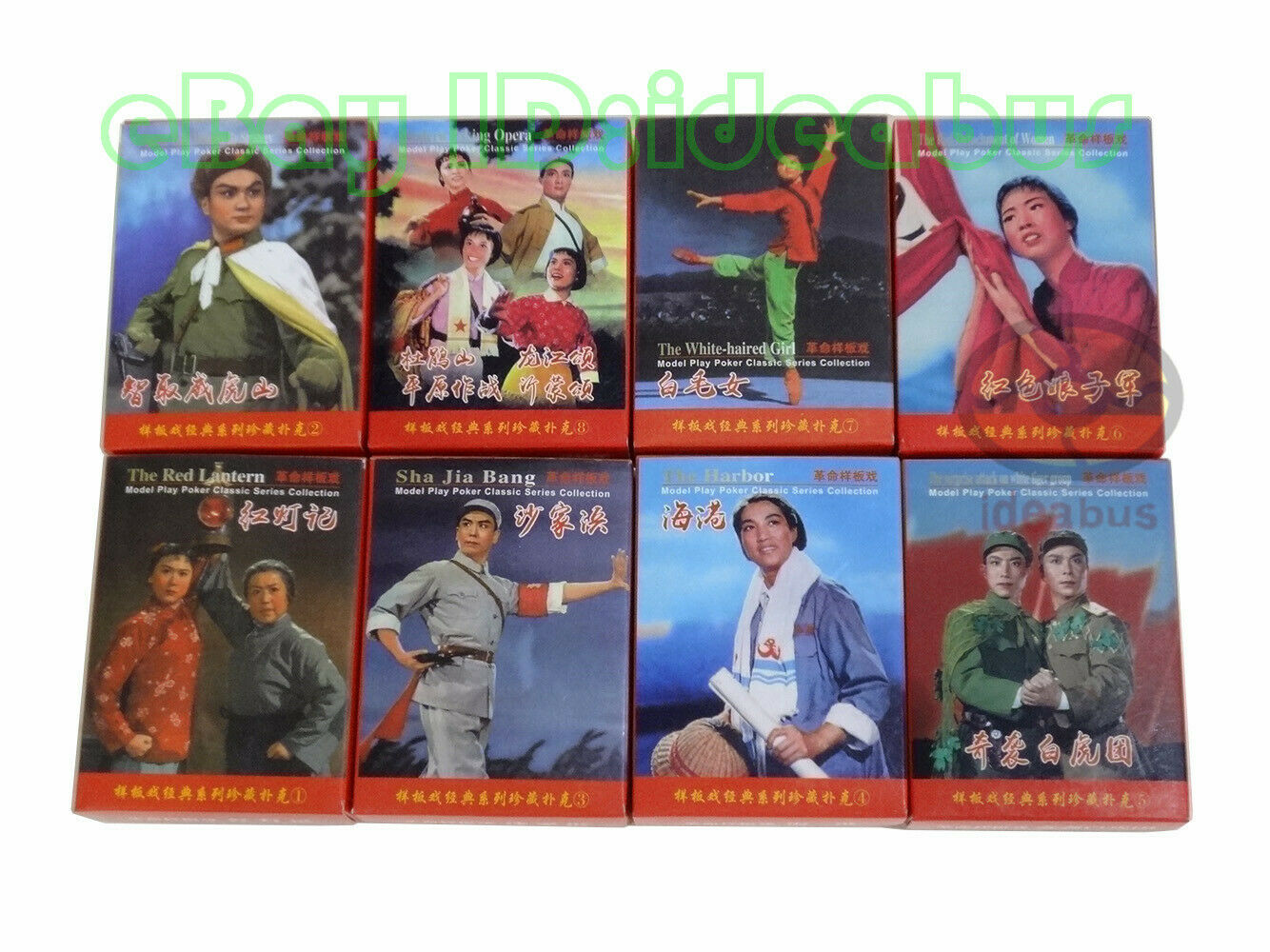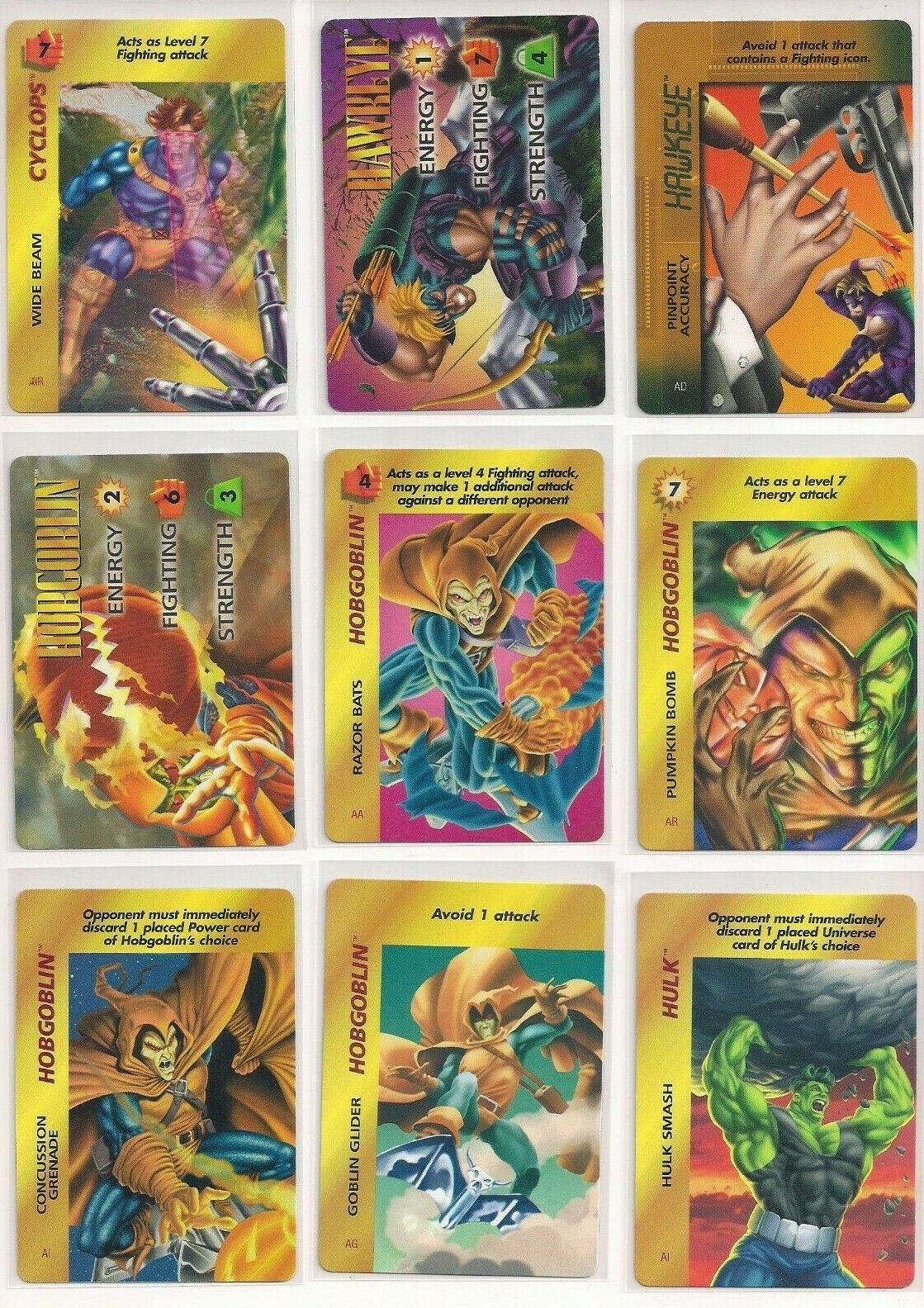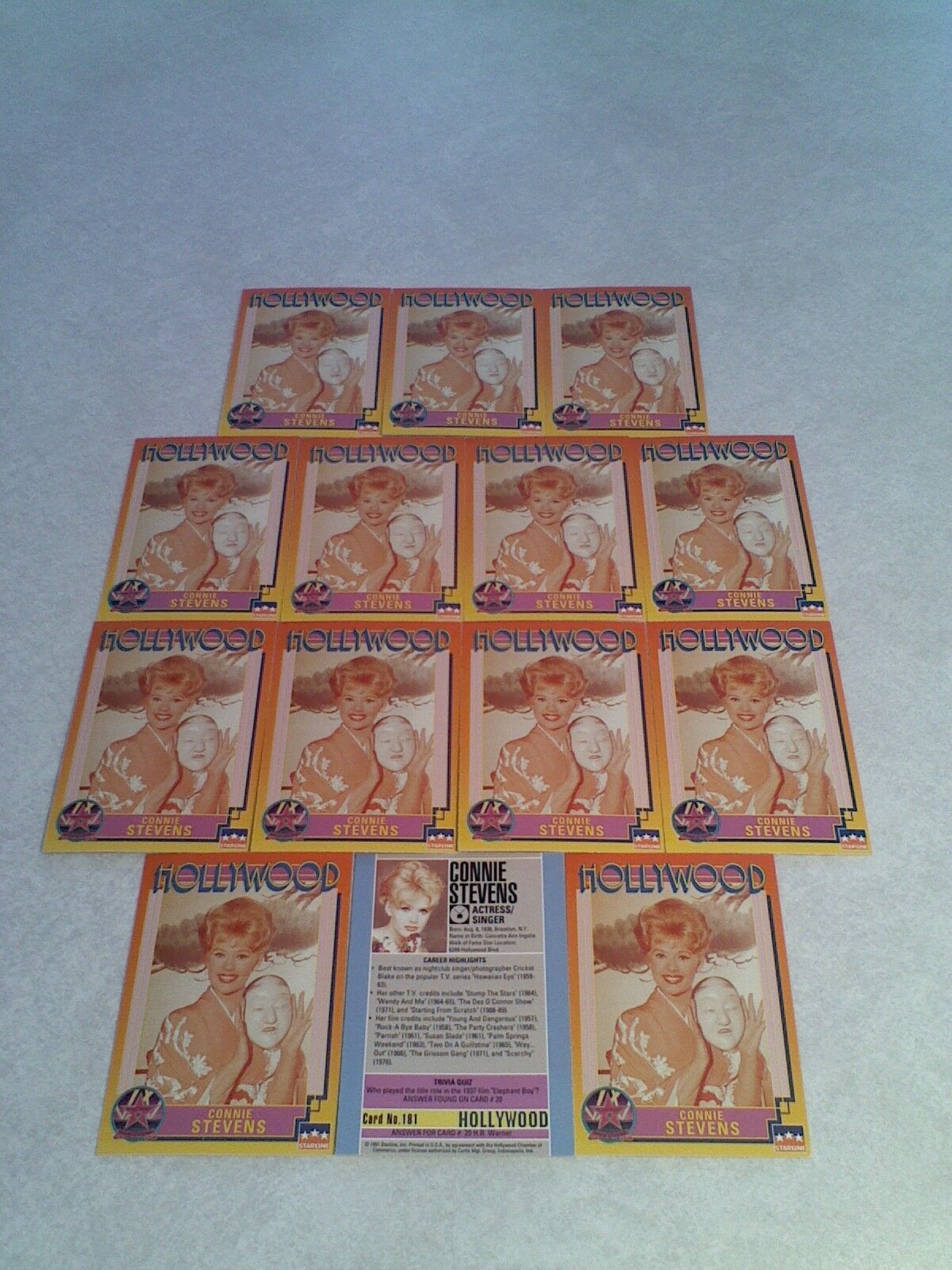-40%
Deck of Chinese Revolutionary Model Operas Dramas collection Playing card/Poker
$ 7.91
- Description
- Size Guide
Description
[TITLE]Deck of Chinese Revolutionary Model Operas Dramas series collection Playing card/Poker(UP TO 8 DIFFERENT POKERS FOR CHOICE)
SKU: SNA016c435
Name & Content:
Revolutionary Model Operas Dramas(µĀʵØ┐µłÅ)
The reform of traditional art was started after the founding of the PRC. These reforms also included the Chinese opera. Many new operas with contemporary and revolutionary themes were created, but not enough to Mao's liking. In the early 1960s, he complained that China's stage was still dominated by "emperors, kings, general, chancellors, literati and beauties", instead of the proletarian heroic models from worker, peasant or soldier stock who could teach and serve the broad masses of the people.
Mao's demands for a new revolutionary national art enabled his wife, Jiang Qing, to start her crusade to dominate the arts world. In 1963, she started with the revision of a number of Beijing Operas on contemporary themes, Hongdengji (ń║óńü»Ķ«░, The Story of the Red Lamp) and Shajiabang (µ▓ÖÕ«ČµĄ£, Shajia village). She continued with Zhiqu weihushan (µÖ║ÕÅ¢Õ©üĶÖÄÕ▒▒, Taking Tiger Mountain by Strategy) and Qixi baihutuan (ÕźćĶóŁńÖĮĶÖÄÕøó, Raid on the White Tiger Regiment). In the Summer of 1964, these works were performed for the first time at an Opera Festival in Shanghai and by then already were called 'model works' (yangbanxi, µĀʵØ┐µłÅ). In the course of the Cultural Revolution, they became to be considered as part of the 'New Socialist Things' that resulted from the movement.
The Festival also exposed her to a number of performances that appealed to her and that she subsequently started revising in 1964-1965. These included Haigang (µĄĘµĖ», On the Docks) and a ballet, Hongse niangzi jun (ń║óĶē▓Õ©śÕŁÉÕåø, The Red Detachment of Women). In 1965, she reworked Shaijiabang into a symphony; a year later, she turned her attention to another ballet, Baimao n├╝ ( ńÖĮµ»øÕź│, The White-haired Girl), based on a yangge (a type of harvest dance) composed in 1944. A second group of nine model works was codified in 1973, but they were not as popular as the earlier eight.
The model works were everywhere. They were broadcast over the radio, made into movies, reproduced on posters and staged all over the country, often reworked for local opera traditions. No matter their form, they had to be identical: model opera scores and production guides were distributed in order to ensure that each performance was the same.
In 1966, Jiang's cooperation with Lin Biao started at the Forum on Literature and Art for the Armed Forces. This provided her with a platform for advocating her model works. The educational effects that the operas were supposed to have owed much to their depiction of the heroes and villains. The heroes had to be gao (ķ½ś, lofty), da (Õż¦, glorious) and quan (Õģ©, complete), while the villains had to be base, shabby, ugly and stupid. These effects were further strengthened by the publication of many posters reproducing key scenes from the plays.
Interestingly, Jiang's model works are still very much alive today, if only because the entire population alive during the Cutural Revolution did not hear or see anything else. Songbooks and VCDs or DVDs of most of the model operas are readily available and quite popular with consumers. This is mostly the case with the operas that are set before 1949, when the enemies were the landlords, the Japanese invaders and the Guomindang. Their songs are often sung in karaoke bars and at parties. Their enjoyment is devoid of political meaning, nor is there any lingering negative association with days gone past. Rather, they elicit pleasure and nostalgia.
Each deck of poker contains 54 pictures of the characters and plots of the opera. It's worthto be collected and a memorable gift.
Material:
Paper playing cards with box
Each deck of poker included
1 deck(52 suit cards and 2 jokers).
Details:
Standard poker size, 100% brand new and never used. There is a picture with Chinese brief introduction in each suit card(it's pity no English).
Each deck of poker Size with box:
cm = 9.6 X 7.2 X 2.4
inches =
3 3/4
X 2 3/4 X 1
Approx.
Net weight of each deck poker with box: 135 grams
=
4.8 oz.
Approx.
Color and Pattern:
There are
8 different types of poker
available to choose. Please select the
Name of Poker
from
the drop-down list (located at the top of listing).
Please go to my eBay store and enter
:
Playing Cards
i
n the search field for a full list of these nice items.
.
International Buyers Please Note:
- Import duties, taxes and charges are not included in the itemprice or shipping charges. These charges are the buyer responsibility.
- Please check with your country customs office to determine what these additional costs will be prior to bidding/buying.
All items ship by China Air Mail with trace number.
We offer combine shipping discount. Make all your intended purchase and will send a combined invoice.
Shipping worldwide and we offer EMS(China Express Mail), DHL, UPS shipping services by request of the customer. All additional charges are the buyer's responsibility.
The shipping charges includes Customs Examination fee, Packaging, Labeling and all other shandling fees.














